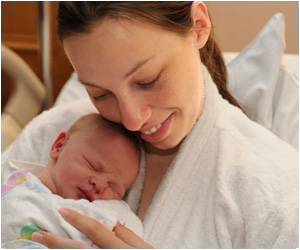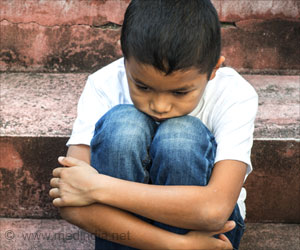Breathing problems during sleep in children vary from simple snoring to obstructive sleep apnea (OSA) and children have repeated episodes of restricted breathing.

‘The knowledge base for childhood obstructive sleep-disordered breathing (oSDB) has improved, but still sufficient information is not available and hence, future research is required.’





While milder forms of oSDB are most common, the more severe form requires tonsil or adenoid surgery. Through a comprehensive review of published research, investigators have identified the gaps and the findings were published in the journal CHEST.Breathing problems during sleep vary from simple snoring without impact on sleep or oxygen saturation in the blood, to obstructive sleep apnea (OSA), during which children have repeated episodes of restricted breathing and/or drops in oxygen saturation levels.
Although clinical guidelines for treatment were issued by the American Academy of Pediatrics (AAP) in 2012, there is still debate on the best pathway of care for children.
According to lead investigator Anne G. M. Schilder, PhD, evidENT, Ear institute, University College London, Royal National Throat Nose and Ear Hospital, "oSDB is a very common condition in children and reports suggest its incidence is on the rise. This may be in part related to the increase in childhood obesity.
Parents and professionals have become more aware that this condition may have negative long-term health consequences and, therefore, it is important that children suffering from this condition are well managed and available resources are allocated appropriately. This means timely treatment of children who need it and avoiding unnecessary surgery of those unlikely to benefit from it."
Advertisement
"There is no agreement regarding which patients need such a study and how best to interpret its results, that is who needs surgery or medical treatment. Rather than focusing research on individual steps in the patient pathway, there is a need for a more holistic approach to research in this area, taking into account the views of all professionals caring for these children, as well as their parents."
Evaluating more than 5,700 studies through November 2015 eligible for inclusion, they identified an increase in annual publications since 2000, with 46% published since 2011, when evidence-based data for the AAP guidelines were evaluated.
Most publications (61%) focused on individual treatment modalities, incidence, or prognosis. Few publications (2.7%) focused on health service delivery, outcomes, and health economics. Observational studies comprised 78.5% of publications, 2.4% were randomized controlled trials, and 0.4% used a qualitative approach as their main methodology.
Investigators found that the recent surge in research activity into childhood oSDB has improved the knowledge base for this condition; however, the lack of health services, health economics, and outcomes research impacts the applicability of evidence informing current guidance and leaves important questions for future research.
"Mapping so many papers has been quite an undertaking for our team, but so rewarding, since it highlights clearly what future research should focus upon," concluded Prof Schilder.
Source-Eurekalert














